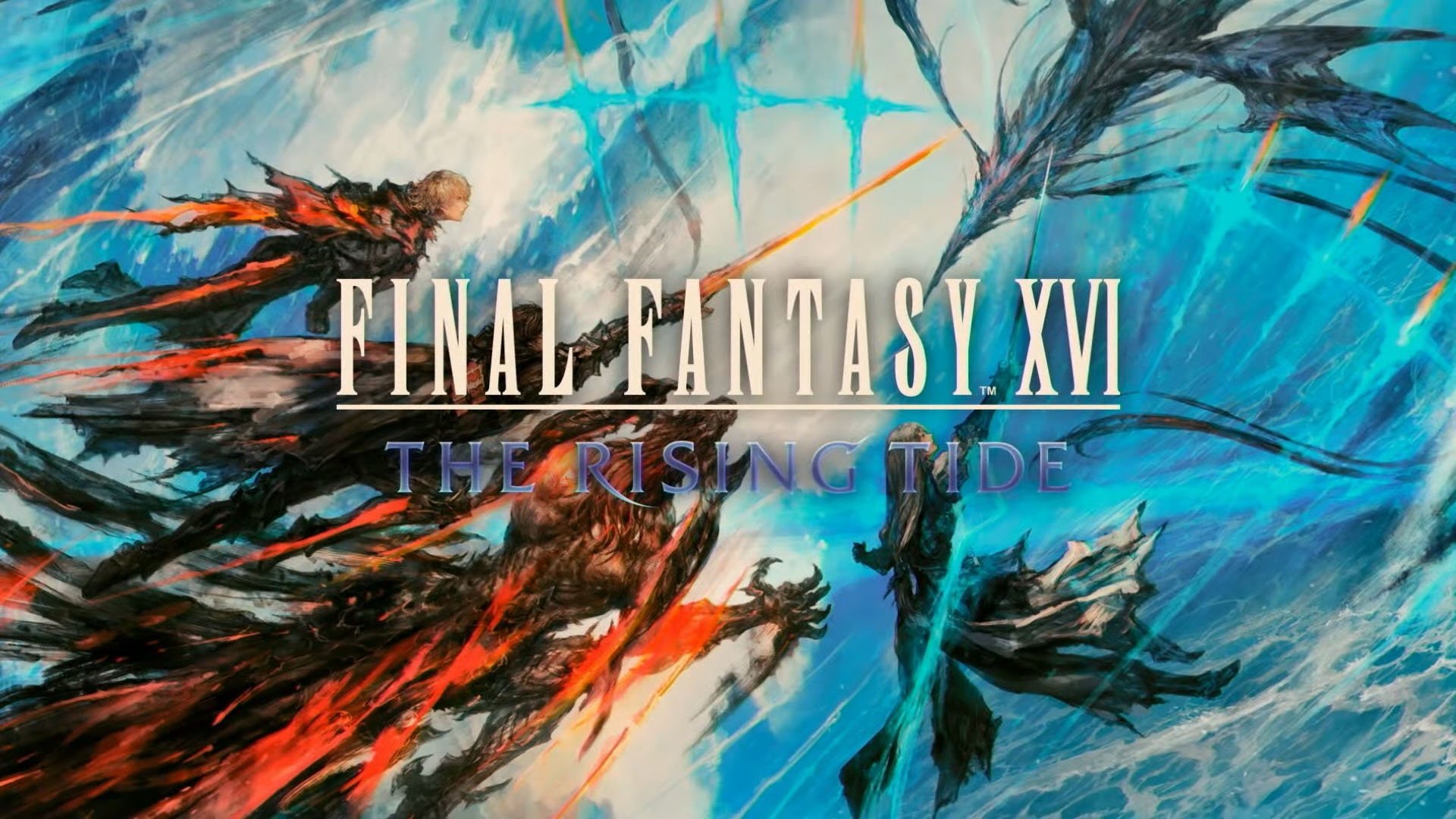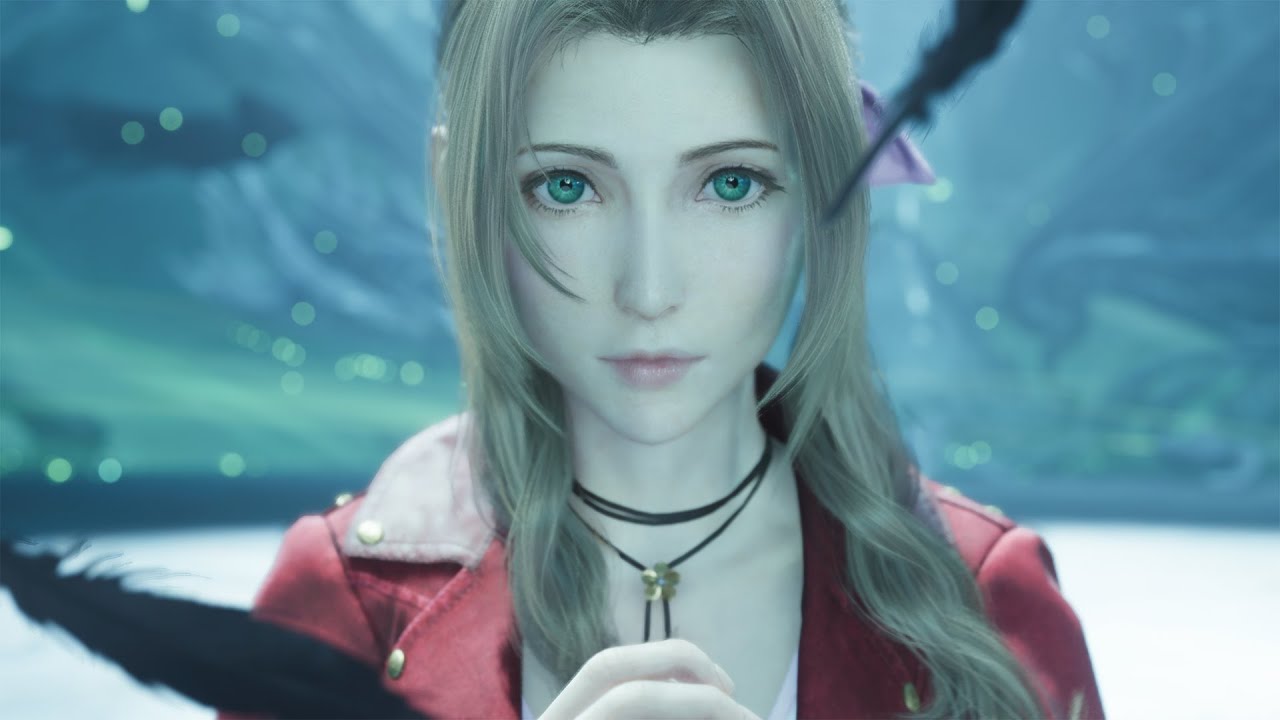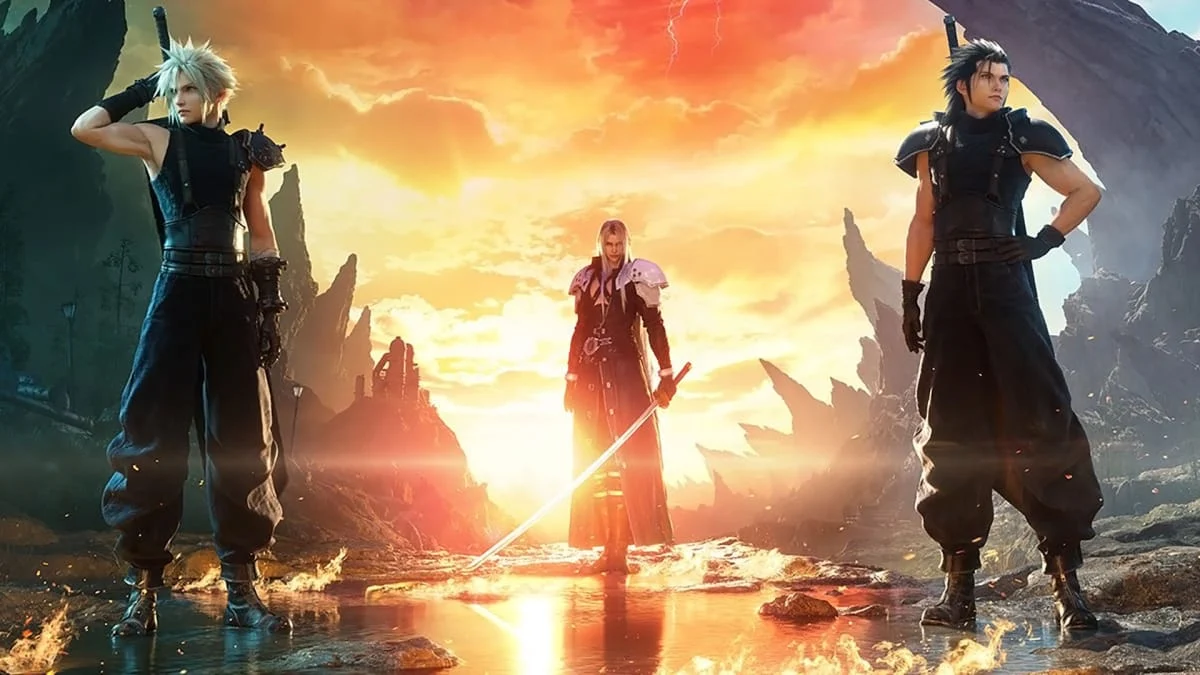Final Fantasy VII Rebirth is a massive hit. It hits all the right spots, a strong reimaged story, fluid addictive gameplay and masterful voice acting and music. This entry harks back to the heydays of Final Fantasy’s Sony PlayStation one era. All Final Fantasy fans ought to play this entry, because it is a riveting experience from start to finish with heaps of amazing content and even on its own is a specular addition to the series.
A transcendent experience that hits the right notes for new and old players
The story reimages the whole story of Final Fantasy VII from Midgar to the Forgotten Capital (which was the last location before the end disc one for the original game) with a meticulousness not seen in many other video game remakes.
Almost every small speck that existed in the original game has been recreated in this wholesome experience. So much so that it makes it clear to all that the whole endeavour by the producers to turn one game into three separate games wasn’t just a money grab but one where everyone is able to see and understand the sheer magnitude of what needs to be done to do justice to remake the original. Having played through the entire story (my 90 plus hours experience), there is a lot of evidence of genuine love being put into this game in large put due to the amount of polish and depth in almost every aspect of the game. throughout my .
The story of Final Fantasy VII with Cloud and the gang is more than 25 years old. The original game came out back in 1997 in Japan to astounding success and acclaim that it helped put the Sony PlayStation on a pedestal against its rival the Nintendo 64. It stands to reason that most of the story beats have already been spoiled.
Although the story beats covered in Rebirth only include elements up to the end of the Forgotten Capital, Square Enix has managed to fit in a lot of material and even flesh out what was in the original with even more content – usually for the better. This game manages to provide the nuances and the details that the original couldn’t provide thanks to more in-depth moments with characters and quality voice acting.

In regard to the story itself, in the early phase, Cloud and gang’s escape from Midgar involves being chased by evil corporation Shinra. This is shown towards the end of the tutorial section of Chapter 2 in the town of Kalm. Unlike the original where such issues didn’t transpire, this additional speck of information shows why the gang have to keep moving, while adding for player’s sake that extra sense of concern for the plight of our cast. In addition, throughout the story the gang meet with many NPCs that notice that they are wanted by the evil corporation thanks to the wanted posters. This adds much needed depth that didn’t exist in the original.
Rebirth manages to better capture the relationship between the characters, whether its Aerith and Tifa’s close-knit relationship where they confide in one another about their boy-crush, Red XIII and Barrett’s banter, and even those odd moments between Cloud and Yuffie, especially when Yuffie’s introduction to Cloud involves him trying to resituate her after almost drowning.
The original story beats are present with Barrett’s history in Corel, Red XIII’s homecoming, Tifa’s Nibelheim memories, Cait Sith’s being a spy, and Aerith’s key moment at the Forgotten Capital. Each are fleshed out in great detail, though with Barrett’s arc panning out less scary and foreboding than the original when players thought Barrett may have gone mad – but it’s still good.
The additional bits to the game are well done and usually come unexpectedly like Cloud and Rufus’ meetup at Junon, Cissnei’s inclusion during the visit to Gongaga, the battle against Vincent in his Gallant Beast form, battles against Scarlet and Palmer, seeing Cid before visiting Rocket Town, and the surprise battle against the Turks and Rufus at the Gold Saucer. Plus the dozen or so characters that were introduced in Remake, that presumably were one-offs who provided side quests, also make a return to this game like Madam M, Leslie, Kyrie, Johnny, and Jules.
One common consternation amongst players is the game’s ending. The fact that the original game is 25 years old means a lot of people will know what happens to a certain character, so it seems Square Enix took a chance to do something a little differently. Frankly, the moment felt different and more upbeat than expected and one would hope that with the involvement of different timelines that the last entry doesn’t create a huge mess.
Solid gameplay mechanics, mixed in with a wealth of content
Rebirth manages to recapture that powerhouse period that included Final Fantasy VI to Final Fantasy X. It manages to encapsulate so much content that many would be impressed with the sheer scale of areas to visit and things to do.
Playing Cloud and the gang post Final Fantasy VII Remake where they were level 50 and powered up to a level 7 Cloud was weird, but by the time the game finishes it feels as though Cloud and the gang are much more powerful than they were at the end of Remake.

Most of the characters play very similar to their Remake versions, though Cloud can now unleash beams during dodges at targets including aerial enemies, Tifa has a range of aerial moves, and Aerith has many more abilities fitting for a black mage. Barrett and Yuffie are almost the same as they were. Two new characters become playable – both Red XIII and Cait Sith. Red XIII’s playstyle wasn’t a favourite but he offered a lot of utility in being able to buff the party with his numerous abilities, while Cait Sith served as a luck-based character who could deliver some incredible damage and buffs but was hard to play and inconsistent. Although Vincent and Cid join the story and contribute to the plot, they both unfortunately are not playable characters nor guest characters.
The additional synergy skills and abilities were a stroke of genius adding for more depth and strategy to the battles. As a gameplay mechanic, locking the level three limit break behind the synergy mechanic was clever otherwise why would any player want to use the level one limit break. Though there is an accessory that automatically unlock the level three limit break for one character.
The game has moments where you have to play with set characters and it makes it important to get good with all characters, not just your favourite – though if I had to pick my favourite I’d to be Yuffie because of her elemental ninjitsu and her quick dodges.
It’s also great to see the party system alive and well in a modern Final Fantasy game. Unlike Final Fantasy XVI which is action-only and with predominantly one playable character in Clive, it’s refreshing to see Rebirth offer a party system where all party characters can be controlled by the player in an action plus command menu set up or via pure command set up. It’s leaps and bounds beyond the team’s original attempt in Final Fantasy XIII when only the party leader could be controlled. (Final Fantasy XVI was excellent by the way with an intriguing story and fantastical moments)
In terms of tough battles, some boss fights even on Normal difficulty proved tough like the battle against Rufus and the final stage of the final boss. And some are much harder on Hard Mode without the ability to use Items. The difficulty of fights is definitely on the tougher side than compared to Remake.
Rebirth adds some new materia but nothing too substantive, since the likes of spells including Ultima and Flare plus powerful Summons like Hades, Typhon and Knights of the Round aren’t included. What’s new are duo spells for one materia such as the Fire and Ice, Lightning and Wing, and Poison and Gravity materias plus Swiftcast, Jump, Quake and Darkside. Gone are the Deadly Dodging and Refocus materia because dodging is now standard in characters move set and additional ATBs can be gained via synergy.

The game has a host of minigames. Some are incredible like the Queen’s Blood card game which always a delight to play (with its own storyline). It’s a game you can enjoy getting good at. Plus the strategies that open up as more cards become available make the game a nice challenge, as well as the fact most cards (even basic ones) have a use later in the game. Other minigames that were enjoyable were the Chocobo Races, Fort Condor, Piano minigames, and Run Wild.
Normally getting the Platinum Trophy for each Final Fantasy is an aim, but Rebirth’s Platinum Trophy is extremely difficult to acquire due to the harder combats that need to be overcome and the sheer difficulty of some of the mini-games. The Brutal Combat Simulator battles are much harder than the ones in Final Fantasy VII Remake. The mini-games Jumpfrog, Glide de Chocobo, and Crunch-Off are some of the worst mini-games to try to master that frustration and pain are all that is left – especially when you get to 50 sit ups in Crunch-Off and stuff up the last one!
The voice acting and music is next level and superb
The whole cast of characters, including NPCs, are superbly voice acted. Cloud, Tifa, Aerith, Yuffie, Red XIII and Sephiroth are standout performances. Cloud is still outwardly cold to people, but there are moments where he shows his vulnerability. Tifa is that friend who will always be by your side through thick and thin. Aeirth is forever looking for fun and is the excitable one. Red XIII will surprise many at a certain point in the game and his voice actor Max has incredible range.
The music is incredible. The battle theme, story-centric tracks and even town tracks are almost perfect in every moment. The theme song No Promises to Keep has a fantastic, hummable melody (as is all Nobuo Uematsu’s work), but the lyrics are bit weird.

Hands down an absolute hit
Final Fantasy VII Rebirth does all the right things that it ought to be up for Game of the Year. The game manages to hit all the right beats from story, gameplay, visuals to the sounds. The game is captivating from the first moments until the last with heaps of just-one-more moments before putting down the control. It reinvigorates the franchise in many ways and hope the gameplay of Final Fantasy VII Rebirth is seen again in a future iteration.
Hats off to anyone who gets the Platinum Trophy – it’s many times harder than getting the trophy for Remake.
Some interesting titbits
- Doing all the World Intel took me to 80 hours before I started the events in Chapter 13 at the Temple of the Ancients.
- The Summon Neo Bahamut in the original game has been replaced with Bahamut Arisen. The original Bahamut does not appear as a Summon during the game, but does appear as a card in Queen’s Blood
- Roche’s role in the story was a pleasant surprise and makes him a worthwhile addition to the franchise
- To get party level 10, you must complete every thing including all objectives on the combat intels and the Hard Mode mini games like Fort Condor
Tips to get ahead
- If you are doing badly during a mini game attempt, don’t hesitate to press into the pause menu and select replay
- Don’t be shy resetting any of your Folios because there is nothing lost if you do – I find myself skipping all the elemental skills because they get easily replaced by better skills down the line
- For the non-party members, make sure to equip materia that still need to be leveled up – they will still be earning AP even though they are not in the party
- If you are trying to get to level 70 or level up your materia, it’s better to finish the main game to unlock higher exp and triple AP than to slog it out. The best way to level up to level 70 is to select Chapter 13 on Hard Mode and beat the wave of Shinra soldiers at the entrance to the Temple of the Ancients leaving just one enemy and then selecting replay. Just have Aerith with Arcane Ward and Fire linked with Magnify. You’ll get your party to level 70 in under 30 minutes as well as leveling up some materia
- When playing the Piano mini game focus your attention of the left circle and keep your mind’s eye on the right circle
- When fighting Odin, use ATB skills as often as possible to lower Odin’s propensity to launch into Zantetsuken otherwise have characters with Reprieve such as Cloud, Aerith and Cait Sith
Please support the website by liking the article or subscribing to the mailing list. The review and the experience above are based on my own views. No commission, freebies or payments have been received.
Here are some of my recent articles:
- Le Feu – Springvale – pho hot pot
- Jurassic World Exhibition Melbourne – Brunswick – a short thriller for some
- Kinn Thai Street Food at Chadstone – Malvern East – try their lunch special
- Bakmi Lim Noodle Project at QV – Melbourne – Indonesian handmade noodle dishes
- Window Restaurant – Springvale – Bun Bo Hue $10!?
Discover more from Australian Sightseer
Subscribe to get the latest posts sent to your email.








